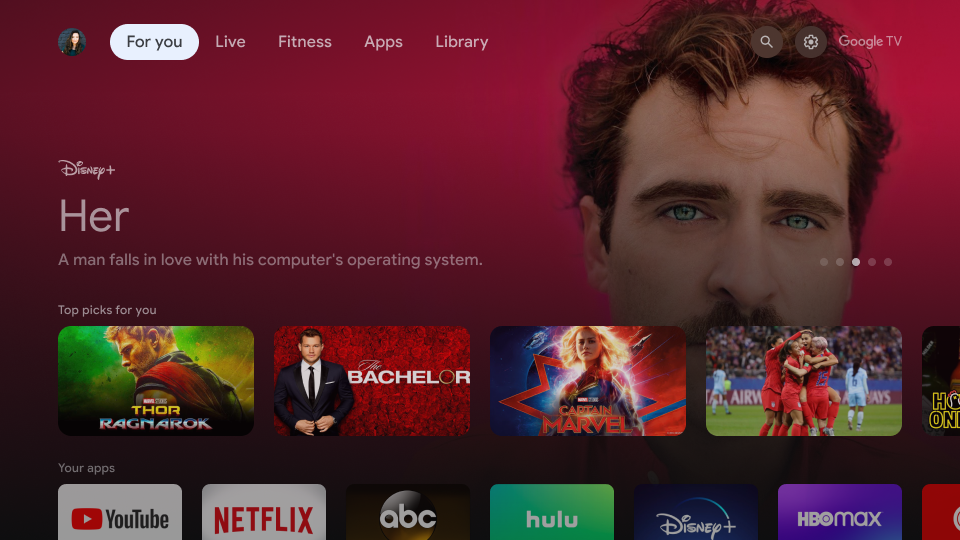Google TV Setup
Developed novel solutions for Setup 2.0 — a large, open-ended design challenge, coordinating 21 cross-functional teams (sometimes competing priorities) with clear and actionable designs reducing the number of screens by 40%.

Problem

In a survey 80% of users expect setup to take less than 15 minutes, but only 20% can complete it within 15 minutes.

40% try Google Home App; 40% fail on 1st attempt; 90% of failures occur during information transfer
Setup 1.0 Perception
Unreliable
The current GHA setup has a higher failure rate, around 40% of the users who tried GHA was never able to use GHA apps to set up.
Users should be watching their favorite show within 5-10 minutes of powering on their new device.
Setup 2.0 Roadshow
50+ meetings with stakeholders for visibility & feedback, built into the latest designs. Result: 41% reduction in screens.
- Cross-functional TV teams
- Engineering (10x)
- Legal (8x)
- Marketing (5x)
- UXR (Research) (6x)
- UX Writing (6x)
- Partner Engineering (3x)
- Business Development (3x)
- Go-To-Market (GTM) (5x)
- Media & Entertainment (M&E)
- Global Partnerships (US, EMEA, APAC)
- gUP / Support
- Content team
- Cross product areas (PAs)
- Assistant product
- Assistant Legal
- Assistant engineering
- Nest product/UX (3x)
- Nest/GHA legal
- Google Home App (GHA), Engineering
- Core Android, Quick Start
- Core Android, Fast Pair
- Privacy working group (2x)
- Safer with Google (6x)
Existing setup


Setup prototype
Designs

Primarily for Chromecasts, rarely used for TV panels since those remotes come pre-paired

Users can select their language, and moving from one language to another will change the welcome text into that language. Also added the a11y setup options making the setup accessible.

Primarily for Chromecasts, rarely used for TV panels since those remotes come pre-paired.

Primarily for Chromecasts, rarely used for TV panels since those remotes come pre-paired.

Previously this one screen was split into 4 different screens, 01. Connecting, 02. Connected, 03. Singing in, 04. Signed in. I consolidated all these 4 screens into one screen with a scalable pattern so that we can add more features such as Syncing settings, etc...

Accepting the ToS screen is a standard legal requirement. We worked with our lawyers to simplify the copy with a more crisp language.

This was a tremendous amount of thought went into this screen to make this simple, transparent, and privacy forward. The stringent legal requirements gave narrow options to play with, to make the design look decent.
I also worked with the Safer With Google team to bake in the branding for this screen. Ultimately landed on this final design that is much better than the earlier version.

In the theme of being transparent and helpful to our users, I created a dedicated space for learning more about each Google Servies. Also, added space to show more details on why some permissions are required, and clearly tell the user what features this enables.

The select your service screen will allow the users to tell what subscriptions they have and this will let Google provide movies & shows recommendations as well as download the app.

Any successful product requires a continued relationship with the customer. So, we added a dedicated step to opt-in for a newsletter. Making this optional or not having a dedicated step will drastically reduce the number of opt-ins.

Previously when the apps are downloaded for the previous step, we show some educational content on how to use the TV. The user spent at-least 5-10mins staring at a loading screen.
I designed a clever solution to utilize the time by creating this optional steps framework called CHOOBE (Choose Your Own Out of the Box Experience). While, the apps are downloading the user can perform other tasks such as setting up their remote, setting up Google Photos as a screensaver, setting up Google Assistant, etc...

Added this finishing touches screen to offset the abrupt drop into the For you tab.

With that, the user will be landed on the home page.
Conclusion
With this 6-month-long project, we were able to cut down the number of screens by 40% and reduce the time to set up by about 50% without cutting on requirements. This was possible by introducing new technologies such as Quick Start for Android and App Clips for iOS. And we introduced App hibernation which also drastically decrease the overall setup time.
This project is currently being developed and will be available in Q3 2023, for OEMs to adopt.
